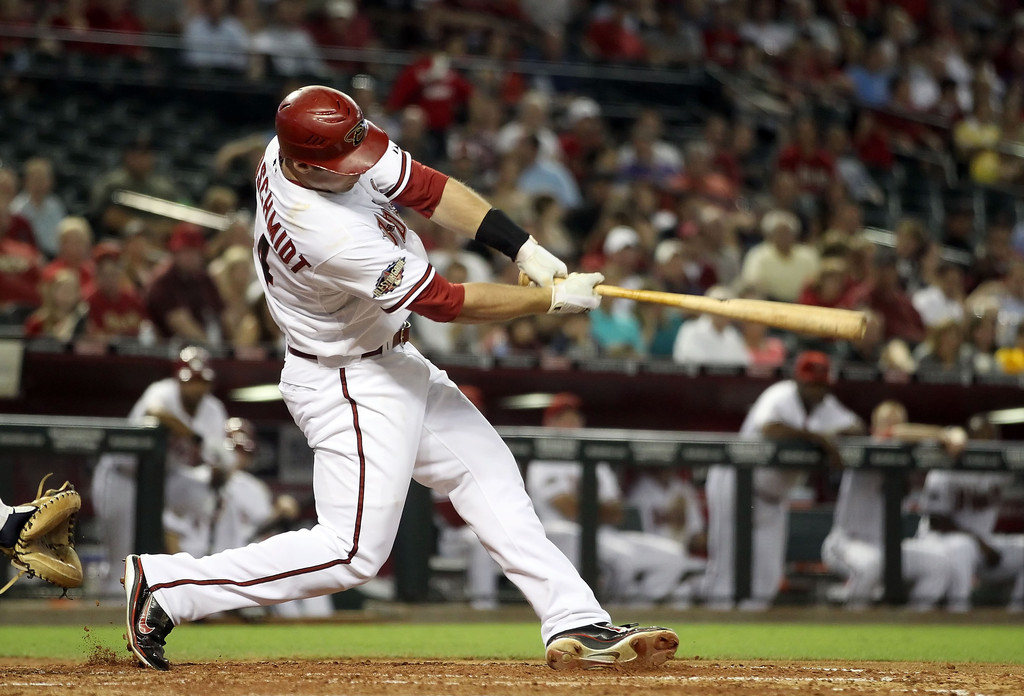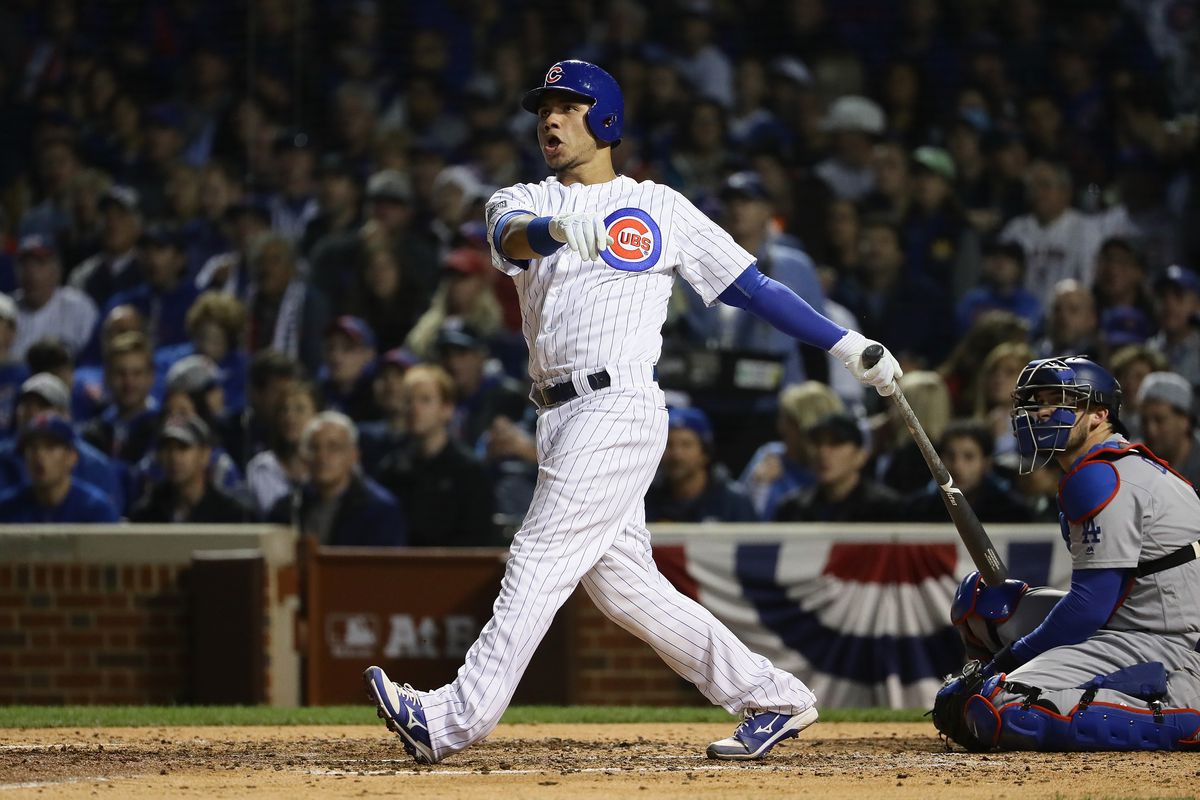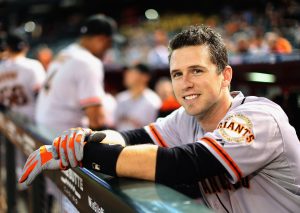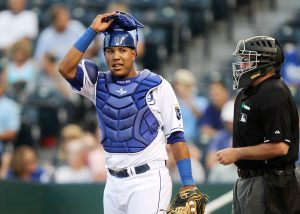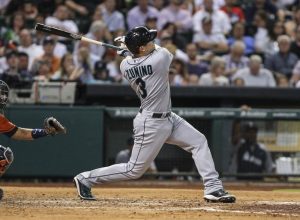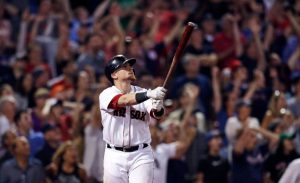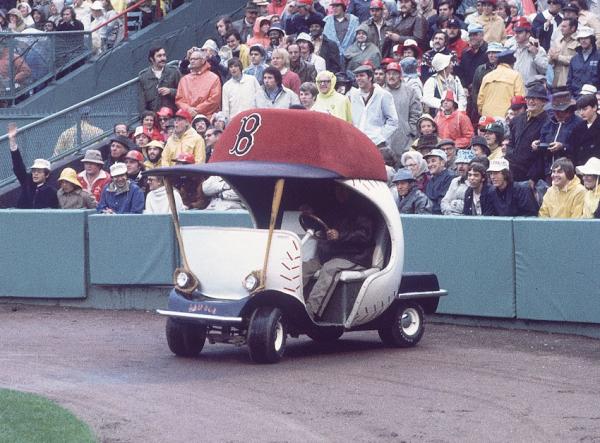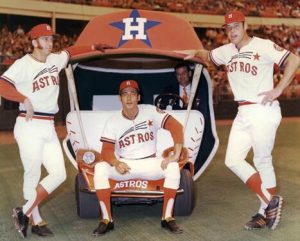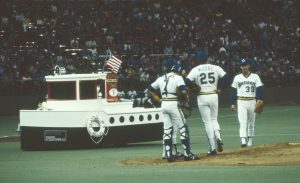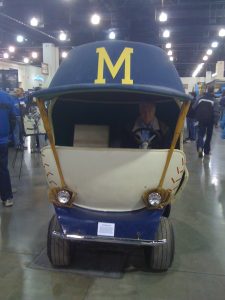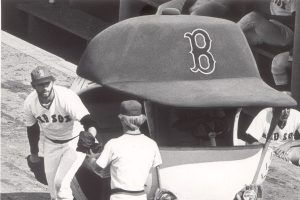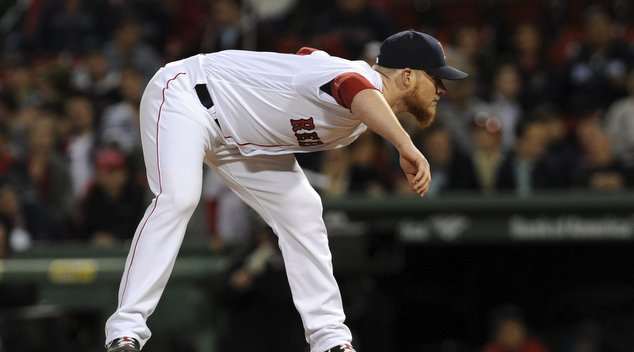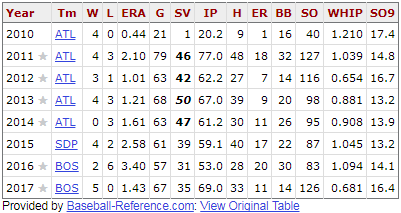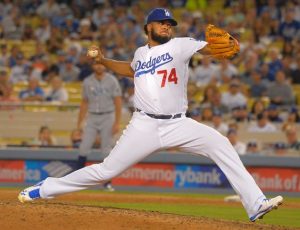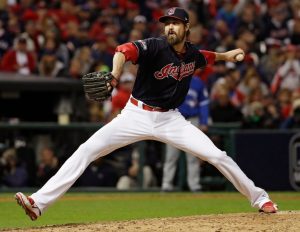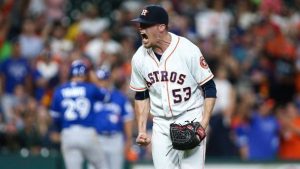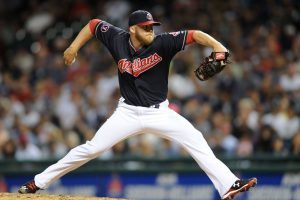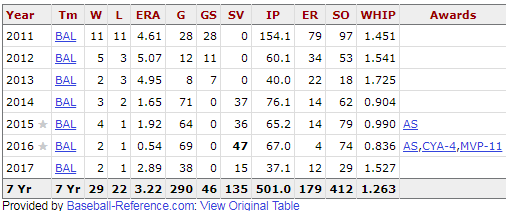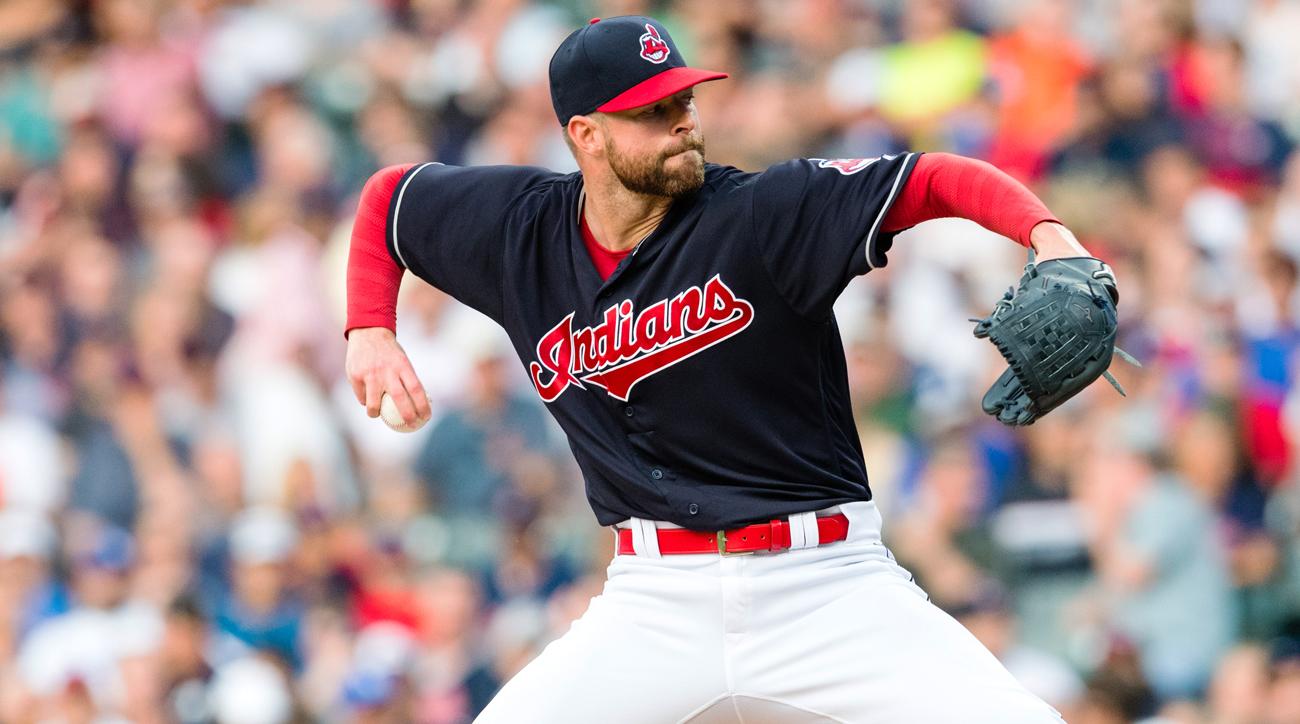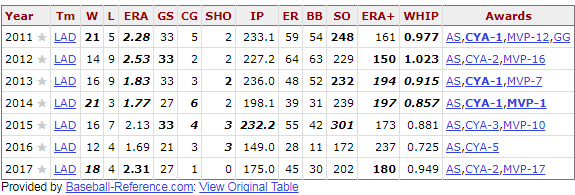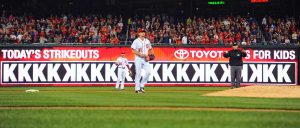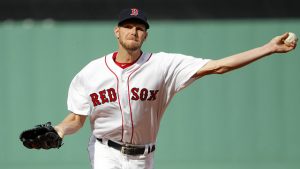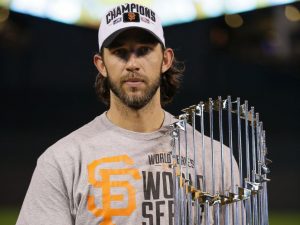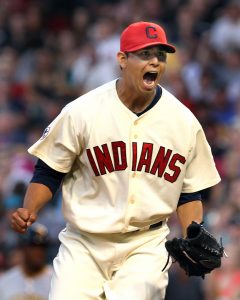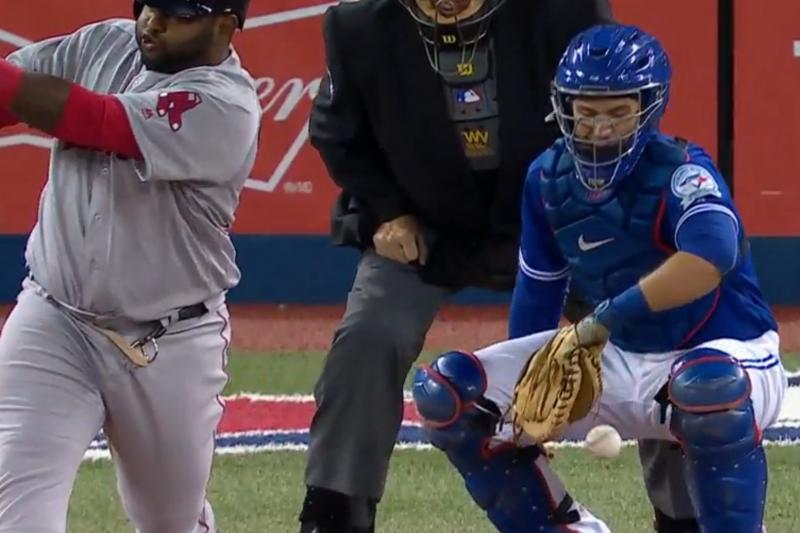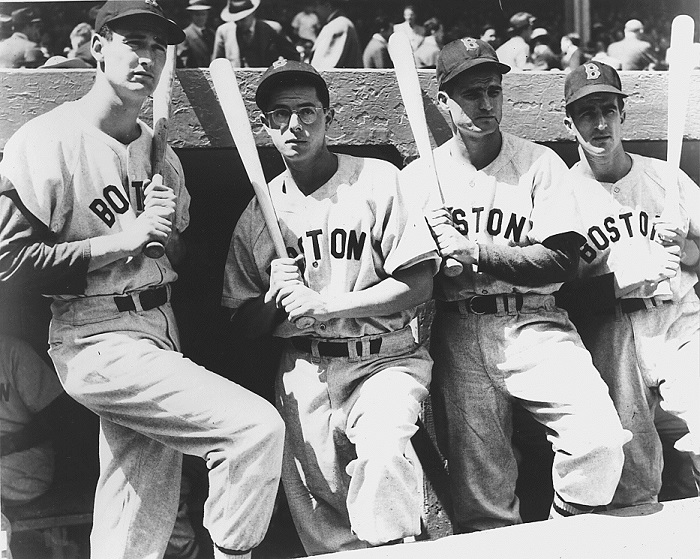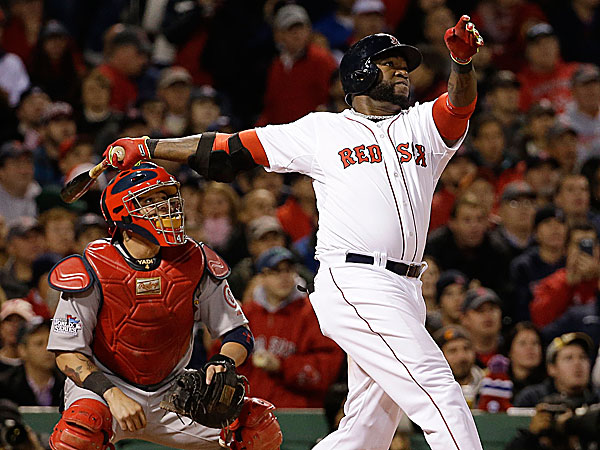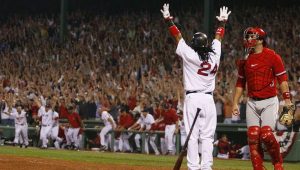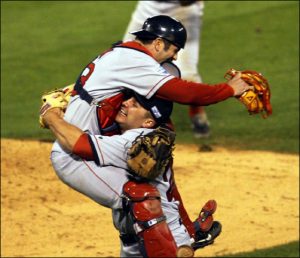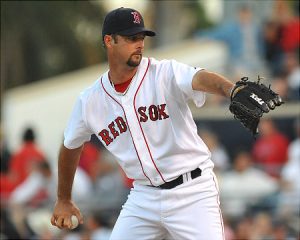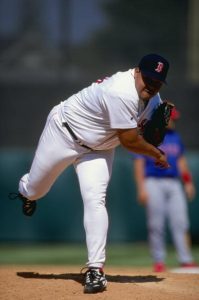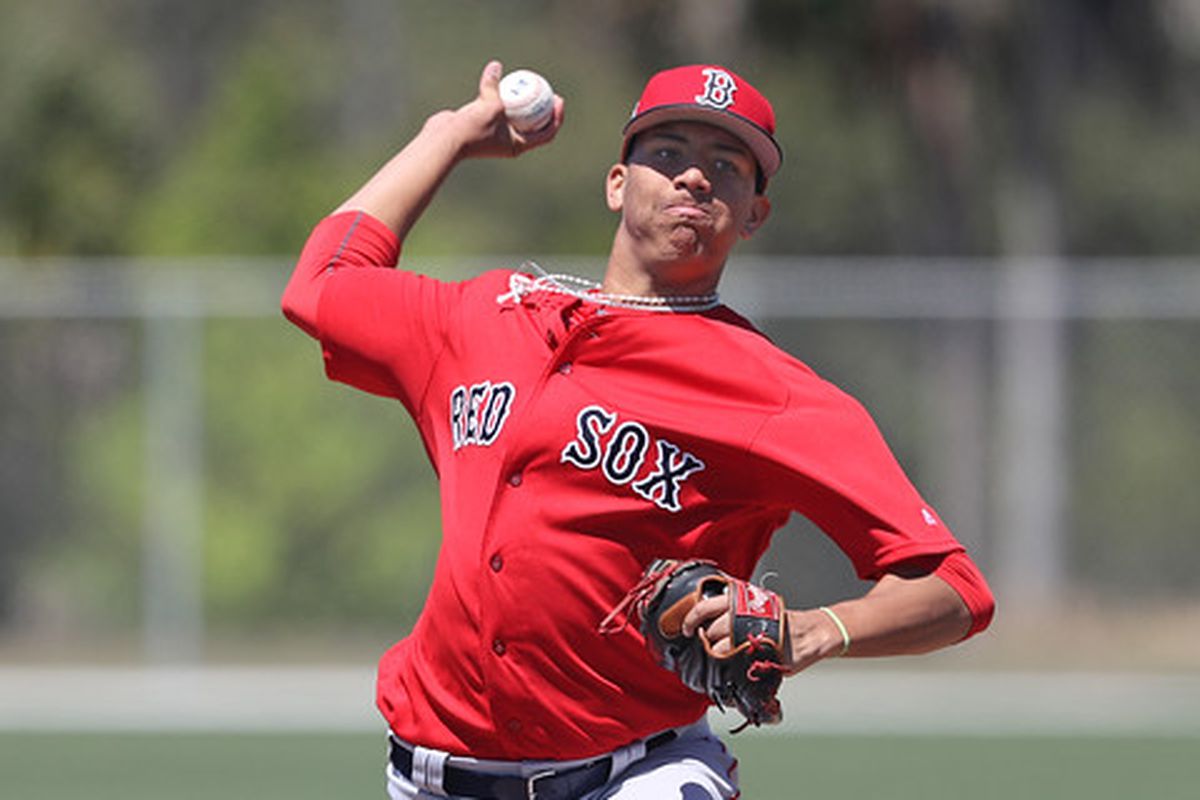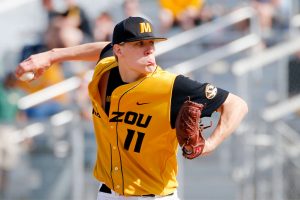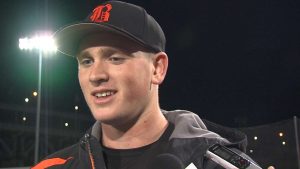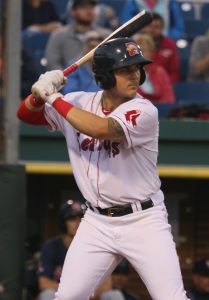First base is one of the deepest positions in the league. As such, there will be plenty of talented players left off this list. Also, whereas Joey Votto is arguably the best first baseman right now, at the age of 34 he drops a few spots for the purposes of my list. I factor in age and answer the question, who would I most want to start a team with? I could easily go 15 deep in this list, but sticking with the theme, here are my top 10.
1. Paul Goldschmidt
Paul Goldschmidt is about as steady as they come. Year in, year out, he puts up big numbers without as much publicity as the game’s top stars. Make no mistake, he is one of the top stars in the game. Goldy, as he is affectionately called, hasn’t batted below .297 since 2012 and has eclipsed 30 home runs three times during that span. 2013 was his true breakout season, leading the league with 36 home runs, 125 RBI and a .952 OPS. Two years later he was even better, batting .321 with 33 home runs and a career high 1.005 OPS. In a stat that adjusts for ballpark and other factors, Goldschmidt also posted a career best 168 OPS+. He finished 2nd in the MVP vote for the second time in three years. Last season he finished third in the vote after hitting 36 home runs.
Goldschmidt is also perhaps the best baserunner amongst first basemen. He stole 18 bags for the second time in his career last season. The year before he had stolen a career high 32 bases! Goldschmidt isn’t fast, he is just adept at getting big leads and reading a pitcher. According to Mike Petriello of MLB.com, Goldschmidt has an average lead of nearly 15 feet when he attempts to steal a base. The average lead is less than 12 feet. In the field, Goldschmidt has a career .996 fielding percentage and has won 3 Gold Gloves. He is a very well-rounded player and my choice for the best first baseman in baseball.
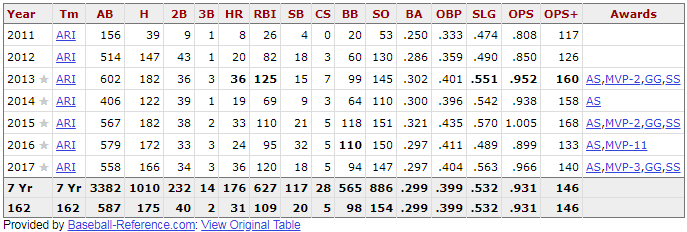
2. Freddie Freeman
Freeman has always been a good player, but his game has gone to new heights the past two years. Over his first five seasons, Freeman was a .286 hitter and averaged 21 home runs per season with an .835 OPS. The beginning of 2016 was much the same, but starting in June, he changed his hitting approach. His adjustments helped him see the ball longer and to stay on the pitch. Since, he has been one of the best hitters in baseball.
Freeman wound up hitting .302 with 34 homers and a .968 OPS that season. This past year, despite missing time with an injury, Freeman hit .307 with 28 home runs and a career high .989 OPS. The OPS was the second highest among first basemen in the Major Leagues. This all led to a 4.5 WAR despite only accumulating 440 at-bats. Still just 28 years old, there is no reason Freeman shouldn’t continue this stellar play for years to come.
3. Anthony Rizzo
Anthony Rizzo has overcome a lot to get where he is now. A top prospect with the Red Sox, Rizzo had to conquer cancer at the age of 18. He was traded to San Diego and did not find immediate Major League success. Reacquired by Theo Epstein, the man who initially brought him to Boston, Rizzo started showing why he was a big prospect. For four seasons now he has been one of the better first basemen in the league.
Over these past four seasons, Rizzo has hit over 30 home runs in each season. During that time he has batted .282 with a .387/.522/.910 triple slash. There haven’t been many more consistent power threats in the game during that span. At 28 years old, Rizzo is part of the same generation as Goldschmidt and Freeman and should be hitting baseballs over the wall for plenty of years to come.
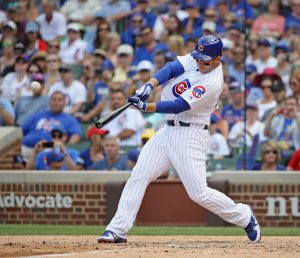
Anthony Rizzo of the Chicago Cubs hits a two run home run in the 4th inning against the Pittsburgh Pirates at Wrigley Field on July 7, 2017. (Photo by Jonathan Daniel)
4. Cody Bellinger
At just 22 years old last year, Bellinger led all first baseman in home runs with 39. His .933 OPS placed 4th at the position while his .581 slugging percentage was second to Freddie Freeman. At such a young age, Bellinger should have more years to offer than those above him on this list, but they are all young enough they should produce well for an entire length of a contract. I also trust the ones above him to perform more consistently. Bellinger was a top prospect, and I have no doubt he will keep performing, but I’d like to see more before elevating him above established superstars.
Bellinger has revamped his swing in recent years and gets incredible lift on the ball, so the power is likely to stay. Whereas he used to be “stiff” at the plate, Dodgers coaches worked with him through the minors to change his style. Bellinger went from hitting four home runs over 377 at-bats in 2013 and 2014, to hitting 30 homers in 2015. The one downside, if any, is that he strikes out a fair amount and doesn’t hit for as high an average as those above him. At just 22, I can see him improve that area of his game without sacrificing a great deal of power.
5. Joey Votto
As I said in the opening, Votto is arguably the best first baseman in the league. However, he is 34 years old. The guys above him likely have six or more years of star play left, Votto might have two or three before he starts to decline. Still, I will take two or three years of superstar play and then a couple more years of decent play over just good play for six years.
In Votto’s first full season he batted .297. In 2014, he missed half the season with injury and only batted .255. He has batted above .300 all of the other nine seasons in his career. He has led the league in on-base percentage six times, including each of the last two. Votto is coming off a season arguably equal to his MVP season of 2010, batting .320 with 36 home runs and a .454/.578/1.032 slash line. He is a remarkable hitter, putting up stellar numbers while rarely popping out. Over the last three seasons, Votto has batted .320 with a 1.006 OPS. He is averaging 31 home runs per season and has walked more times than he has struck out. Currently, Votto is showing no signs of slowing down, and hopefully he can continue this play for a couple more seasons.
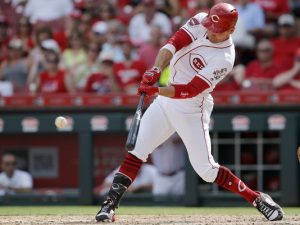
6. Eric Hosmer
Incredibly, Hosmer remains unsigned at the time this article was released. What a strange offseason of baseball. Hosmer doesn’t stand out across the board, but he offers production at just about every level. He’s capable of hitting for a solid average with decent pop and he plays good defense. He has had a strange career offensively, alternating good seasons with poor ones for the first five seasons. His average has still followed an up and down year-by-year course to this day. He seems to have added more power to his game though, homering 25 times in each of the past two seasons.
Defensive metrics don’t like Hosmer, giving him a negative dWAR in every season of his career. He has a .995 career fielding percentage though, and not everyone who watches him play can be wrong. Those that see him think he is a good defender and he has won four Gold Gloves. He doesn’t steal bases like he used to, stealing 22 over the past four seasons compared to the 38 during his first three seasons. However, he plays nearly every day. In fact, he did play all 162 games last season. He has only missed time with injury in one season out of seven.
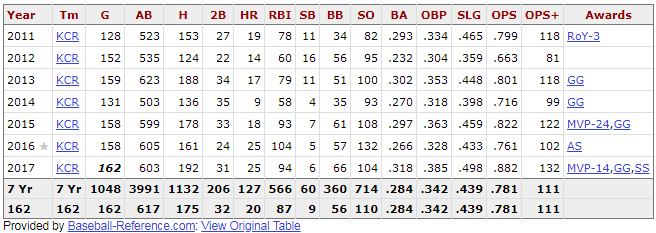
7. Jose Abreu
Jose Abreu is a one-dimensional first baseman. Luckily for him, that one dimension is a pretty good one. Since coming to the states, Abreu has homered 30 times in three out of four seasons. He is a career .301 hitter with an .883 OPS. He’s not super young, having just turned 31, but he isn’t old either. He should be a fine hitter for several years to come. The question comes, when will he move to designated hitter? Abreu is a weak defender, making 35 errors and totaling a -5.3 dWAR in his four Major League seasons. He also is a slow baserunner, stealing six bases and grounding into 72 double plays to date.
8. Josh Bell
Josh Bell has been a top prospect for years. Debuting on Baseball America’s top 100 list prior to 2012, Bell spent four seasons as part of the list. Considered a polished hitter, scouts swore the power would come from the 6’2″ 230 pound Bell. He never homered more than 14 times in any minor league season. However, he batted over .300 twice while drawing a lot of walks.
Bell’s rookie season therefore came as a bit of a surprise. Bell only batted .255 last year, but homered 26 times while driving in 90 runs. This was a very different player from what we saw in the minors. They say power develops later, and he was always suspected of having it in him, so I am buying the home runs. His average though, I only see improving. Bell hit .303 with a .373 on-base percentage in the minor leagues. Maybe he will have a harder time batting .300 at the big league level, but I suspect he is capable of batting at least .280. A .280 average would likely mean a .350-.360 on-base percentage along with 25-30 home runs. Bell is still only 25 years old.
9. Matt Olson
Matt Olson has big time power. He never got quite as much publicity as Joey Gallo before last year, but he can mash a lot of home runs without threatening all-time strikeout records. Olson hit 23 and 37 home runs in 2013 and 2014 in the low minors. He fell off some in the upper minors before returning with a vengeance last season. Olson hit 23 home runs at the AAA level before homering 24 times over 189 Major League at-bats. His Major League slash line was an astounding .352/.651/1.003. He combined to hit 47 home runs over 483 at-bats between the two highest levels.
Olson has never, and never will hit for a high average. However, he isn’t likely to hit .200 either. Olson was a career .249 hitter in the minor leagues with a .360 on-base percentage. He is likely to settle in as a .240-.250 hitter with an on-base percentage roughly 100 points higher. For a guy who should hit between 30 and 40 home runs a year, that is plenty valuable. He could be an Adam Dunn type player who doesn’t walk quite as much if he continues on last year’s path. At just 23 and not even a full season in the bigs, I am more willing to bet on Olson’s upside than some other guys who just produced for the first time at the age of 30.
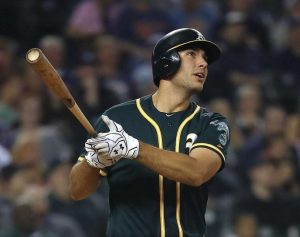
Matt Olson follows the flight of his homer at Detroit last week. He averaged one home run every 7.88 plate appearances.
10. Wil Myers
There were a bunch of guys jockeying for these last couple spots, but I ultimately sided with Myers. He has done more than most by the age of 27. I found myself surprised that he is still that young given how long he has been around. Myers is fast for the position, having come up as a corner outfielder. His 20 stolen bases last season led the position. He stole even more, 28, in 2016. Over these past two seasons in San Diego, Myers has hit 58 homers and stolen 48 bases. That’s a pretty good power-speed combination.
The area in which Myers could stand to improve is getting on base. He has batted just .251 over those two seasons with a middling .332 on-base percentage. His power and speed combo at 27 years old is enough to make me side with him at the 10 spot though. I also wonder if he might hit a little better elsewhere, as 22 of his 30 home runs last season came on the road. Of course, his splits for 2016 were skewered to be far more successful at home.
Honorable Mentions:
Justin Bour, Justin Smoak, Matt Carpenter, Joey Gallo, Logan Morrison, Carlos Santana, Yulieski Gurriel
Featured picture from zimbio.com
